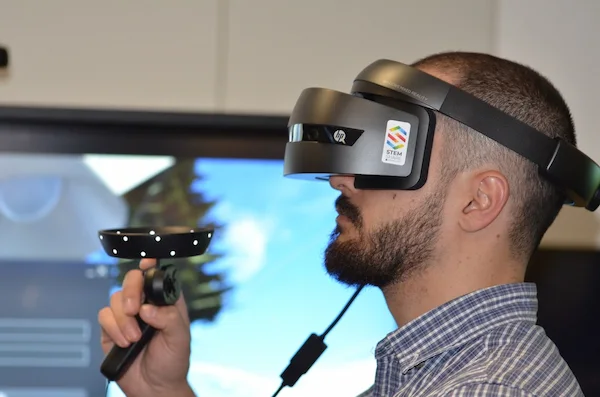Are you thinking about developing your own VR games? VR game development is still relatively new, so there’s a lot of opportunity waiting for the right people.
The first step in developing a game is coming up with an idea. You can do this with a team or on your own. From there, it’s about turning that concept into a working game through various processes.
Without an understanding of how game development works, most people find themselves lost and without options. Keep reading as we break down everything you need to know to be successful in your VR game development journey.
The Birth of a Concept
At the heart of every VR game lies a compelling concept, an idea that ignites the imagination and sparks creativity. VR game development is about crafting experiences that seamlessly merge the digital realm with the real world. Picture this, an aspiring VR game developer sits down with a sketchpad and dreams up a world where players can physically interact with their virtual surroundings.
From Sketch to Screen
With a concept in hand, the journey of game development kicks into high gear. The initial sketches and brainstorming sessions start to take shape in the digital realm.
Experts like John Riccitiello and his team of talented designers, artists, and programmers collaborate to breathe life into the concept. They meticulously craft 3D models, design breathtaking landscapes, and code intricate mechanics. These things allow players to manipulate objects using VR controllers.
The Crucial Role of Technology
VR game development software wouldn’t be possible without cutting-edge technology. They harness the power of high-end VR headsets and advanced motion tracking systems.
These tools enable them to create a seamless connection between the player’s movements and the virtual environment. They also deliver an unparalleled level of immersion.
Coding the Experience
Game development coding is an in-depth and complex process. The fundamental concepts of coding can be practiced and learned through interactions in virtual reality. This allows users to explore the foundations of game coding without having to work with the constraints.
Testing and Iteration
During the testing and iteration process, programmers identify any bugs or glitches within the game. They also figure out why they happen, and fix them. Testing and iteration is an important part of creating an immersive and interactive virtual reality experience for users.
During this process, a VR game developer can try out different combinations of assets to test the game’s performance. They also test the functionality of the design. After iterations are made, developers can implement them into the final product.
The Release and Beyond
Finally, the moment arrives, the VR game is ready to be unleashed upon the world. The success of a VR game extends beyond its launch, as developers continue to support and update the game. These updates are based on player feedback, technological advancements, and evolving trends.
VR Game Development Journey
In conclusion, VR game development is no easy process. From concept to controller, it requires economic resources, creative expertise, and perseverance. Developers must take the time to form a reliable team, come up with an outstanding concept, and properly develop the game.
Working hand-in-hand with the concept and the controller, developers can create a unique experience. If you’re interested in learning more about the game development process, reach out to experts in the field for advice.
If you find this article helpful, read our other blogs on this site today!
Read Also: How To Become A Video Game Streamer







